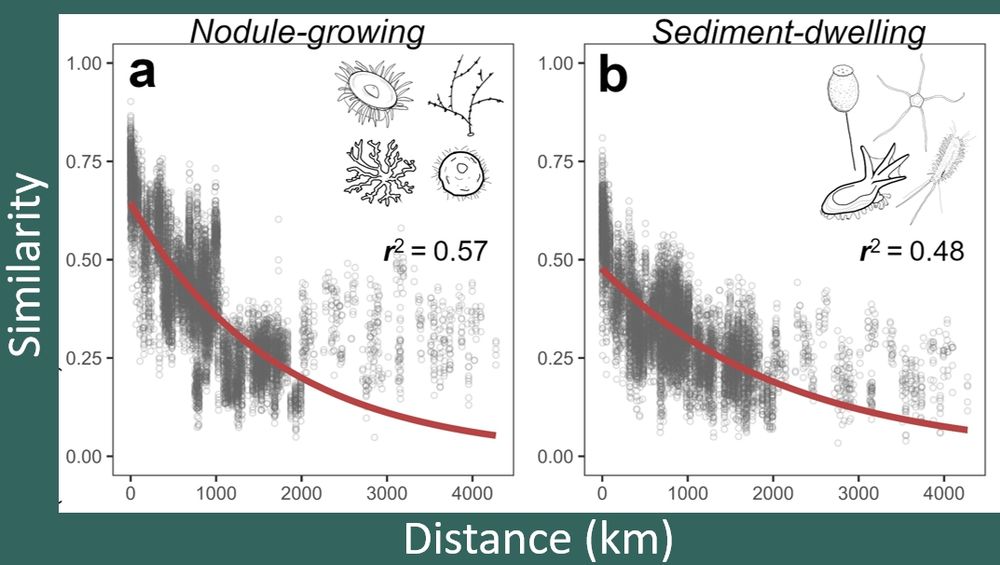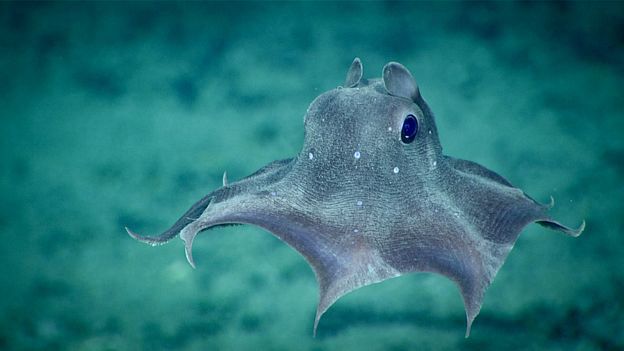
A team of international scientists have recently discovered a deep-sea coral is are specially adapted to live at depth, in complete darkness, and whose only known habitat is attached to the nodules.
🔗 noc.ac.uk/news/hidden-...

A team of international scientists have recently discovered a deep-sea coral is are specially adapted to live at depth, in complete darkness, and whose only known habitat is attached to the nodules.
🔗 noc.ac.uk/news/hidden-...


onlinelibrary.wiley.com/doi/10.1111/...

onlinelibrary.wiley.com/doi/10.1111/...

onlinelibrary.wiley.com/doi/10.1111/...
Flourishing chemosynthetic life at the greatest depths of hadal trenches
www.nature.com/articles/s41...

Flourishing chemosynthetic life at the greatest depths of hadal trenches
www.nature.com/articles/s41...





The Last Hunt for the Jabberwock: A Feywild Adventure in Ecologic Succession for heroes and heroic teachers.
D&D 5e.
www.dmsguild.com/product/5056...

The Last Hunt for the Jabberwock: A Feywild Adventure in Ecologic Succession for heroes and heroic teachers.
D&D 5e.
www.dmsguild.com/product/5056...







